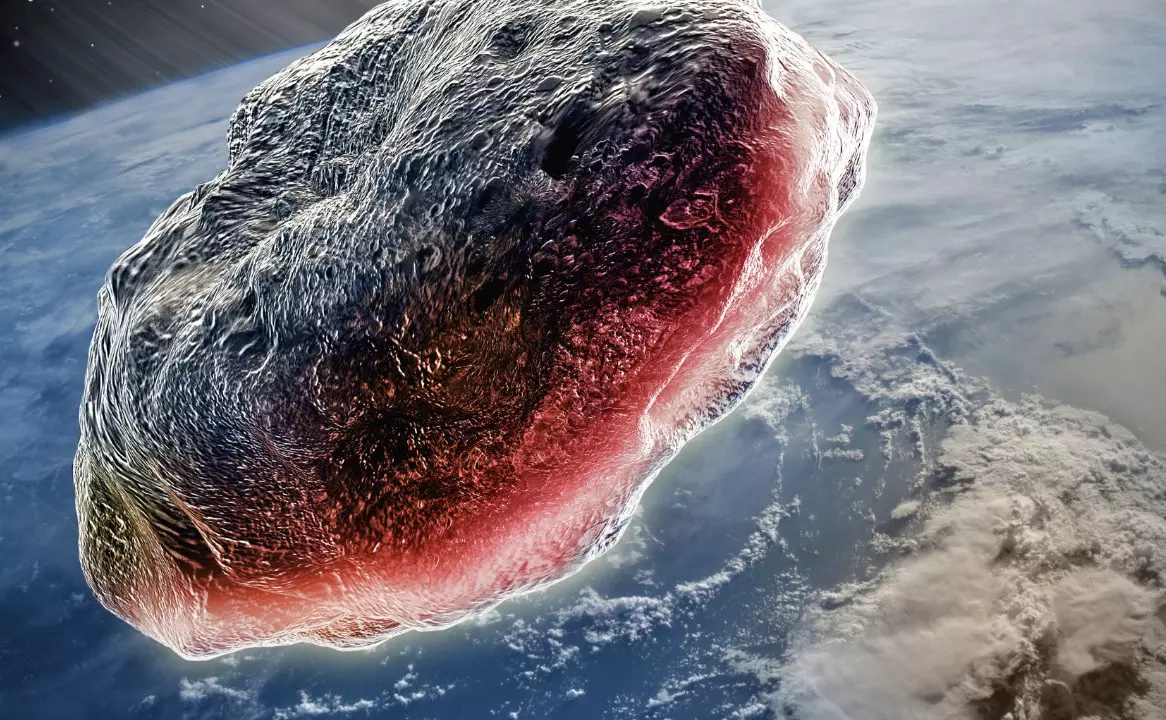NASA warns: 84-Foot asteroid to make close pass by Earth tomorrow, but no cause for alarm
NASA warns: 84-Foot asteroid to make close pass by Earth tomorrow, but no cause for alarm

A giant 84-foot asteroid, named 2024 XS3, is set to make a close flyby of Earth tomorrow, but there’s no need to panic. NASA has assured the public that there is no risk of collision, though the space agency is closely monitoring its path.
Traveling at an incredible speed of 23,423 miles per hour (37,695.63 km/h), the asteroid will pass Earth at a distance of 2,080,000 miles—more than 16 times farther than the Moon. Despite this significant gap, the close pass offers scientists a rare chance to study the ancient space rock in greater detail than ever before.
Why Does This Matter?
So, why should we care about an asteroid the size of a small airplane? Asteroids like 2024 XS3 are remnants from the early days of our solar system. By studying them, scientists can gain valuable insights into how Earth and the other planets were formed.
Even though 2024 XS3 poses no immediate threat, these close encounters serve as reminders of Earth's vulnerability to potential celestial hazards. NASA continues to closely track objects like this to prevent disasters similar to the one that wiped out the dinosaurs millions of years ago.
What Makes 2024 XS3 Special?
At 84 feet (25.6 meters) across, 2024 XS3 is about the size of a small airliner. While relatively small in terms of asteroid size, a collision with Earth would release energy equivalent to several nuclear bombs. Fortunately, its trajectory is well understood, and there's no risk of a collision.
A Wake-Up Call: Earth’s Silent Threats
While 2024 XS3 is harmless, other space rocks could pose a greater threat. Asteroids’ orbits are constantly shifting, and the next near-miss could bring an even bigger and more dangerous object. History has already shown the devastating impact asteroids can have, but with NASA’s ongoing planetary defense efforts, the risks are being managed.
Currently zooming at speeds of 23,423 miles per hour, 2024 XS3 is passing Earth at a distance of 2,080,000 miles. Though this sounds far, the fact that scientists can track the asteroid so precisely highlights how closely Earth’s sky is monitored. Advanced radar systems are being used to study its size, speed, and trajectory.
Why Asteroids Matter to Scientists
Asteroids are more than just space debris—they’re like ancient time capsules. These frozen relics from the early solar system provide scientists with a glimpse into the conditions that led to the formation of planets and moons. Thanks to missions like OSIRIS-REx and Hayabusa2, scientists have collected asteroid samples, enabling new discoveries about their chemical and physical makeup.
NASA’s Ongoing Efforts to Safeguard Earth
NASA is not resting on its laurels when it comes to asteroid threats. The space agency uses cutting-edge radar systems and planetary defense technology to track near-Earth objects (NEOs). Missions like OSIRIS-REx, which is returning asteroid samples to Earth, play a crucial role in refining NASA’s defense strategies.
Asteroid 2024 XS3’s flyby serves as a timely reminder of NASA's ongoing work to protect Earth from potentially hazardous space rocks. Programs like NASA's Planetary Defense Coordination Office (PDCO) monitor NEOs larger than 140 meters, providing early warnings of any potential danger.
In addition, missions like the Double Asteroid Redirection Test (DART) are testing the feasibility of deflecting asteroids by crashing spacecraft into them. If an asteroid were on a collision course with Earth, this technology could help alter its trajectory, preventing a catastrophe.
While 2024 XS3 won’t threaten Earth, its close pass highlights the importance of staying vigilant and prepared for any future asteroid risks.

